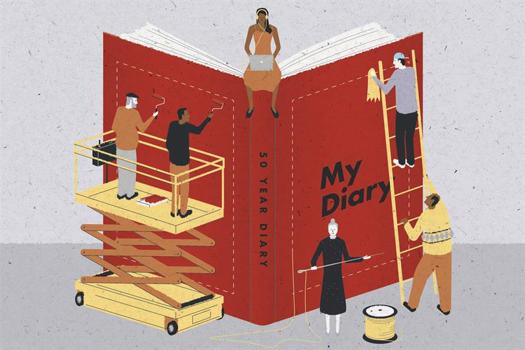We have people of all ages working for us, and we do encourage the recruitment and retention of older workers. In our training we try to make sure we arent inadvertently putting older people off.
We dont insist on people leaving us at a conventional retirement age. We have 70 year-olds and 80 year-olds working for us. We sit down with them on a regular basis to make sure theyre happy. We might change or reduce their hours we can do a number of different things.
We celebrate the fact that we have older workers with us. Believe me, they have high standards. Their service levels are very high and they have a caring approach to customers. We run a Goldies campaign around the country, and some of our older people help in marketing this. They do all the normal jobs that everyone else does. We feature them in advertising.
Our customers feel at home with us when they see a workforce that reflects society. Some of our older colleagues also have a steadying influence on younger staff they act as mentors. And older people stay with us. They have a strong work ethic and low absenteeism rates, in spite of what some people might imagine. We offer flexible benefits that might appeal to them, and make sure the canteen isnt just offering fast food.
Samantha Mercer, campaign manager, Employers Forum on Age
There are several steps you need to take to ensure you are building an age-balanced workforce. First you should monitor your employee mix through age-profiling to find out where you stand.
Extra effort may be needed to ensure that the make-up of your staff reflects the community in which your organisation operates. You can also check the age profile of the employees who are promoted against the age profile of the whole workforce.
The line has an important performance management job to do here, and their work under this heading needs to be measured against corporate diversity objectives. It may be necessary to offer age diversity training to challenge any ageist assumptions and stereotyping staff may have.
It may help to operate a zero tolerance policy on ageist comments and ensure that this is applied to equal opportunities statements, materials and training. Finally, top management needs to be committed to age diversity and it is important to ensure that this is communicated throughout the business.
Alison Dalton, diversity manager, British Airways
It is important that our employee base and mix reflects our customer base and mix. Im sure that our customers want to see a balanced cross-section of people with different cultures, ages and experience levels serving them.
We want to employ people from a wide range of ages. We recognise the advantages that older employees with more experience can offer.
Most of our cabin staff and senior crew tend to have been employed by BA for a number of years, and their experience is invaluable. The cabin crew system is based on seniority and ability. Most crew tend to stay in the same role, although they do have the opportunity to transfer to other roles in the airline through our internal recruitment process. People will have different needs outside work at different times in their lives, and we try to respond to this by offering, for example, part-time and pre-retirement contracts.







